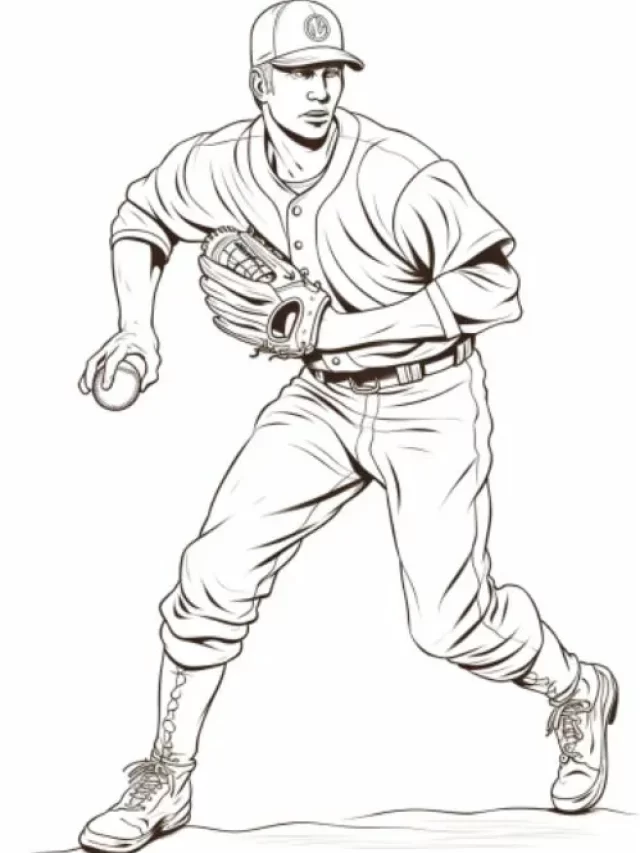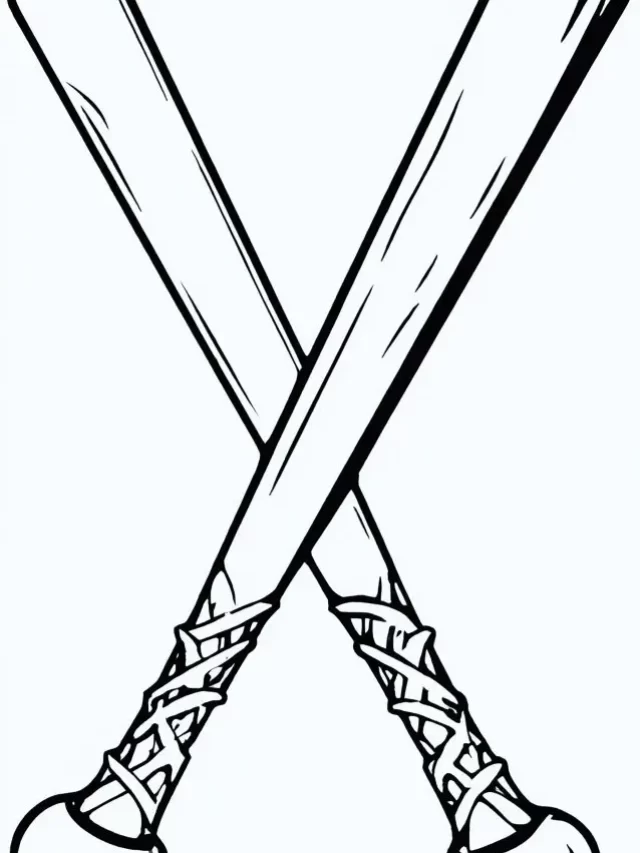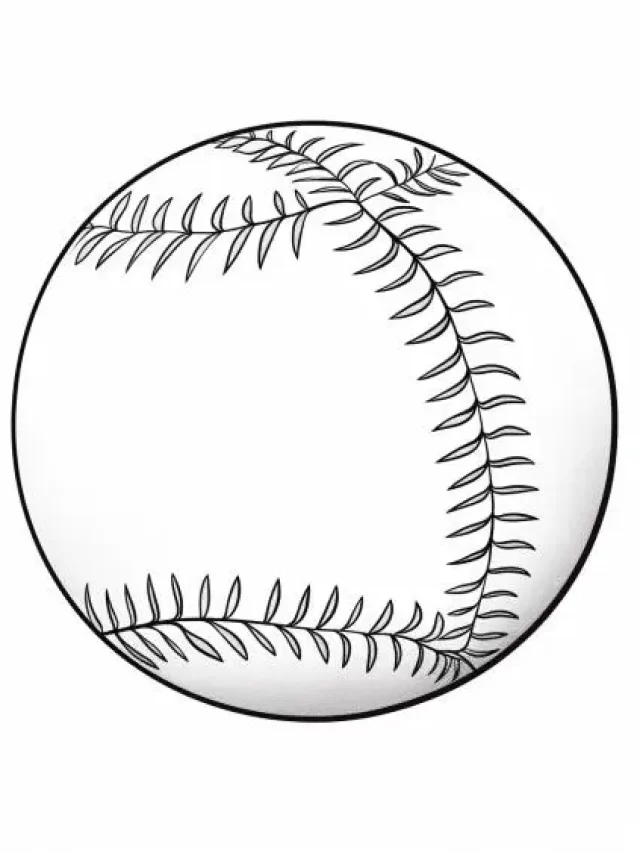
Creating a pristine baseball field begins with the art of precise field lining. Whether you’re preparing for a local game or a major league event, the way you mark those boundaries can make all the difference. In this guide, we’ll delve into the importance of accurate field lining and provide a brief overview of the two primary methods: Line Chalker and Handheld Chalker.
Accurate field marking is the foundation of a smoothly executed baseball game. It ensures players know their boundaries, umpires can make precise calls, and the overall presentation of the field is top-notch. From the batter’s box to the pitching mound, every aspect contributes to the game’s flow and fairness.
- Line Chalker: This method employs a specialized chalk line machine, simplifying the process. We’ll guide you through setting the width and smoothly drawing the baseball field diagram on the ground.
- Handheld Chalker: For those who prefer a hands-on approach, the handheld chalking method offers flexibility. We’ll explain how to fill the bucket with the right chalk material and draw lines manually, ensuring precision and control.
As we proceed, we’ll explore each method in detail, keeping the steps straightforward and easy to follow. Let’s dive into the essential steps for creating a perfectly lined baseball field.
Also Read: Bullpen in Baseball
Preparing the Field: Setting the Stage for Precision
Before diving into the intricacies of field lining, it’s crucial to prepare the playing area meticulously. Follow these essential steps to ensure a clean slate for precise marking.
Debris Removal:
Start by meticulously clearing the field of any debris, leaves, or twigs. A clutter-free surface not only facilitates smoother lining but also enhances the overall aesthetics of the baseball field.
Playing Area Cleanup:
Employ a broom or leaf blower to thoroughly clean the playing area. This step ensures that the field is not only visually appealing but also provides a clear canvas for the upcoming line-marking process.
Evaluate Existing Lines:
Before diving into new markings, assess the condition of existing chalk lines. If the previous lines are still visible, crisp, and serve their purpose, you might save time and skip re-chalking.
Scrape Off Old Lines:
In case the striping patterns from previous games have faded or become unclear, carefully scrape off the old chalk lines. This step guarantees that your new markings will be accurate and distinctly visible.
By beginning with a well-prepared playing field, you lay the foundation for flawless line marking. Now, let’s explore the methods of chalking, ensuring precision in every step.
Choosing Your Chalking Method
Now that the field is prepped, it’s time to delve into the heart of the process—choosing the right chalking method. We’ll explore two distinct approaches: the Line Chalker and the Handheld Chalker, each offering its unique benefits for achieving precise baseball field lines.
Line Chalker
The Line Chalker, a specialized chalk line machine, streamlines the field lining process. This user-friendly equipment operates with a wheel mechanism that paints chalk along its path. Its efficiency lies in its simplicity—fill it with marking chalk, set the desired width, and let it seamlessly draw the baseball field diagram.
Achieving optimal results with a Line Chalker involves fine-tuning the width settings to match your field’s requirements. We’ll guide you through this process, ensuring that the chalk lines are not only accurate but also consistent in thickness. The result? Crisp, professional lines that define every aspect of the baseball field.
Handheld Chalker
The Handheld Chalker offers a more hands-on approach, perfect for those who prefer manual control. This bucket-like contraption comes with a hole below, allowing you to fill it with the appropriate chalk material and draw lines with precision.
This method requires a bit more manual dexterity, but it provides a level of control that some find preferable. We’ll guide you through the steps of filling the handheld chalker bucket and drawing lines manually, ensuring accuracy and attention to detail.
As we proceed, remember the goal is precision. Whether you opt for the efficiency of the Line Chalker or the hands-on control of the Handheld Chalker, each method brings you closer to a perfectly lined baseball field. Next, we’ll dive into the specifics of drawing key field components.
Also Read: Sliding Mats for Baseball
Drawing Specific Field Components
With the chalking method selected, let’s now focus on drawing key components that define the baseball field. Each element contributes to the game’s structure, and precision in their markings ensures a fair and professional playing environment.
Dimensions (4 feet by 6 feet):

The batter’s box is a critical zone for hitters. We’ll guide you through marking its precise dimensions of 4 feet by 6 feet, ensuring batters have the designated space they need for optimal performance.
Using a Template or Stakes and Strings:
Achieving accuracy in the batter’s box requires the right tools. Whether you opt for a pre-made template or prefer the simplicity of stakes and strings, we’ll provide step-by-step guidance for creating a perfectly defined hitter’s zone.
Extending from Home Plate to the Outfield Fence:
Foul lines establish the boundaries of fair play. We’ll explain how to extend these lines from home plate to the outfield fence, marking the outer edges where hits are considered fair or foul.
Measuring Wheel or String and Chalk/Lime:
Precision is key in marking foul lines. Whether using a measuring wheel or the simplicity of string and chalk/lime, we’ll guide you through the process, ensuring accurate and clearly defined foul territories.
90 Feet Apart:
Base paths dictate the distance between bases. We’ll detail how to mark these paths at the regulation distance of 90 feet, creating clear routes for baserunners.
Measuring Wheel or String and Chalk/Lime:
Consistency in base path markings is crucial. Whether using a measuring wheel or the straightforward method of string and chalk/lime, we’ll walk you through the steps for precise and uniform base paths.
Circular Mound with an 18-foot Diameter:
The pitching mound is central to the game. We’ll guide you in marking the circular mound with a standard 18-foot diameter, ensuring pitchers have the designated area they need for optimal performance.
Template or Stakes and Strings for Drawing:
Achieving the perfect pitching mound involves careful measurement. Whether using a template or opting for the simplicity of stakes and strings, we’ll provide detailed instructions for drawing a flawless pitching mound.
As we progress, keep in mind the goal of precision in every detail. Each marked component contributes to the overall fairness and professionalism of the baseball field. In the next section, we’ll address the finishing touches, ensuring your lines are not only accurate but also visually polished.
Finishing Touches
With the key components meticulously marked, it’s time for the finishing touches to ensure your baseball field is not only precisely lined but also visually polished. Follow these steps to add the final finesse to your masterpiece.
Purposeful Sweeping:
Use a broom to sweep away any excess chalk or lime. This step serves a dual purpose—it not only removes any lingering materials but also enhances the visibility of your freshly drawn lines.
Careful Attention to Detail:
Pay close attention to areas where chalk or lime may have accumulated. A thorough sweep ensures a clean playing surface, contributing to both the aesthetic and functional aspects of the baseball field.
Visual Inspection:
Before wrapping up, conduct a visual inspection of your marked lines. Ensure they are crisp, visible, and meet the dimensions outlined for each component. This final check guarantees that your efforts have resulted in a professional and regulation-compliant baseball field.
Touch-Up as Needed:
If any lines appear faint or incomplete, touch them up using the chosen chalking method. This step ensures uniformity and clarity, leaving no room for ambiguity during gameplay.
By dedicating attention to these finishing touches, you elevate your baseball field from merely marked to a polished canvas ready for action. As we conclude, let’s recap the essential steps, providing a final set of tips for maintaining your meticulously lined field.
In conclusion, the art of lining a baseball field goes beyond precision; it’s about creating an environment where every play is fair and every participant can showcase their skills to the fullest. With these steps, you’re well on your way to ensuring a perfectly lined and visually impressive baseball field for the next game day.
Also Read: Grand Slam in Baseball
In Crux
In conclusion, the meticulous process of lining a baseball field is far more than a routine task—it’s a commitment to excellence and fair play. Let’s recap the key points and leave you with some final tips to ensure your baseball field stands as a testament to precision and professionalism.
Precise field lining is the backbone of a seamlessly executed baseball game. From the batter’s box to the pitching mound, every marked component contributes to the overall structure and fairness of the game. Accurate lines ensure players have clear boundaries, umpires can make informed calls, and the field presents itself as a professional and well-prepared venue.
By adhering to these tips, you not only maintain a well-prepared baseball field but also contribute to the overall enjoyment and fairness of the game. Your commitment to precision ensures that every player steps onto a field where the boundaries are clear, and the game unfolds with the utmost professionalism.
As you embark on your next field lining endeavor, remember that the art lies not just in the chalk lines but in the dedication to creating an environment where the love of the game shines through. Here’s to many successful and well-lined baseball games ahead!

Meet Daniel Anderson, the heart and soul behind Baseball Pro Picks. At 49, Daniel’s life has revolved around baseball, a passion that’s as strong today as it was when he first fell in love with the game. Living in the USA, Daniel has dedicated countless hours to watching, analyzing, and understanding every pitch, hit, and home run, making almost no game missed. His deep-rooted love for the sport is matched only by his commitment to sharing insightful, expert analysis with fellow baseball enthusiasts. With decades of experience and a keen eye for the game’s nuances, Daniel brings a unique perspective that enriches Baseball Pro Picks. Trust Daniel to guide you through the intricacies of baseball with the authority and trustworthiness of a true aficionado.












